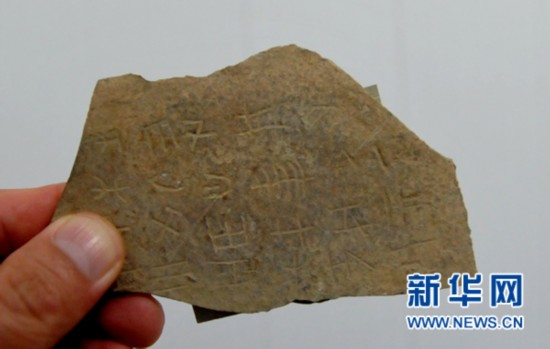I always knew my family’s spoken language was slightly different than what was spoken on the streets. There were many terminology which didn’t fit in with the Việt vocabulary that I learned in school and on the playground.
For example, my father called his mother, my paternal grandmother, by the word Bu (母) pronounced as in the English word ‘boo’. I never understood why. I just thought he was a bit strange.
As I got older, I found out that the Taiwanese word for mother is pronounced Bu, and the Japanese word for mother is Bô (pronounced ‘bow’). I thought that rather odd since there really isn’t a connection between my Father and a native Taiwanese (or Japanese). So I decided to dig around myself to find out what’s the deal here.
Before I go too far, let me just lay out the four basic language groups: Indo-European, Afro-Asiatic, Sino-Tibetan, and Austronesian. I am zeroing in on Austronesian because this is the language root of the Việt people.
Austronesia
Austronesia is further split into four separate groups. Austronesian, Austroasiatic, Tai-Kadai, and Tibito-Burman (more commonly known as Sino-Tibetan). My question was, where does Vietnamese fit into these four branches? Since I am not a linguist, I had to go find out what the linguists of note thought.
Back in 1852, James Logan thought it was Austroasiatic (he called it Môn Anam back then). In 1905, another linguist named W. Schmidt thought it was Môn Khmer, but then changed his mind and said it had to be part of the the Tai-Kadai grouping.
Then in 1912 Maspero placed it with the Tai-Kadai. But then in 1952, Andre Haudricourt placed the Vietnamese language back into the Austro-Asiatic group again.
So which is it? Austroasiatic or Tai-Kadai, and why the mix-up over such a long time (roughly 100 years)?
The answer came in 1975 when a linguist by the name of Paul Benedict decided that the old groupings didn’t work, so he proposed to combine the Tai-Kadai and Austronesian into one grouping called Proto-Austro-Tai (or PAT for short).
This is because Vietnamese didn’t fit in either one, having features found in both. But that still left the other two groupings Austronesian and Sino-Tibetan.
Upon further review, the various linguists of the day found a single language that combined all four groupings, making it the proto-language of the South-East-Asian and South-Asian world. They proposed a new name, Austric, to combine all four into one so that the single language would have a placement.
This single language came out of the Hòa Bình culture, which eventually evolved into the Việt culture and encompasses the written Văn Khoa Đẩu (more commonly known as the tadpole script), aka Proto-Việt language.

This tadpole script was found everywhere, all over southeast Asia, in Japan, Taiwan, southern China, even into Thailand and Sumatra. It was carved on rocks, bones, turtle shells, megalithic stones, you name it.
Once people figured out what it was, it turned up everywhere. Reading this script is not extremely difficult either…if you know Vietnamese. Of course, the words are a bit strange, but a decent grasp of old Việt language is really all that one needs to be able to read the ancient phonetic writing on these rocks.
Incidentally, Hòa Bình means ‘peace’, or ‘peaceful’. I kinda like that.



Ancient ties are nice, but in English, I like Chaucer because his is the oldest voice I can
understand in my native tougue–like a recording from over 600 years ago. The secret is to read him aloud
phonetically, saying all the consonants including the “silent” ones, but using European continental vowels, such as in French or
Spanish. He sounds almost Scottish, totally delightful.
LikeLike
That’s interesting that you say this for Old English. Back in University days, when I was working on my undergrad in English, we had to read and analyze quite a bit of Old English and I always thought it seemed to be a totally foreign language which I had to learn anew. I did learn it, but I guess it didn’t really stick because I still have trouble to this day, reading it.
LikeLike
Well, OLD english like Beowulf is like a foreign language, but middle english is
understandable, although the vocabulary is weird.
LikeLike
It’s nice that you added a reference to Hoa Binh. My father’s family and most likely my ancestors were habitants of Hoa Binh and I like to think it played a big role in Vietnamese culture.
It’s also cool to see that Vietnamese is now considered a separate branch rather than being clustered with Mon-Khmer and Tai-Kradai. It falls under the Austroasiatic language group called Viet-Muong or Vietic today. This just shows that people are gaining an interest about Vietnamese language and culture.
LikeLike